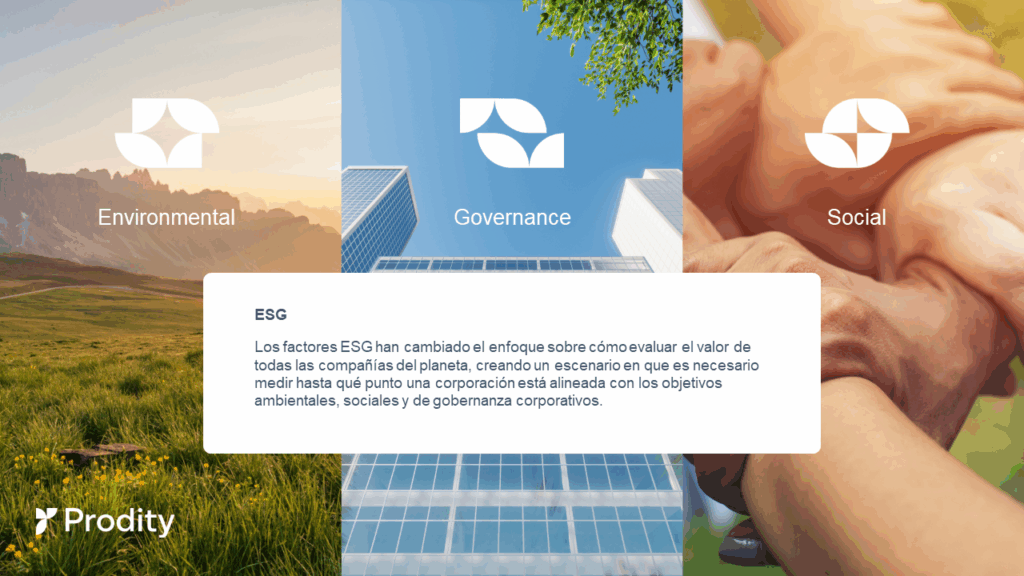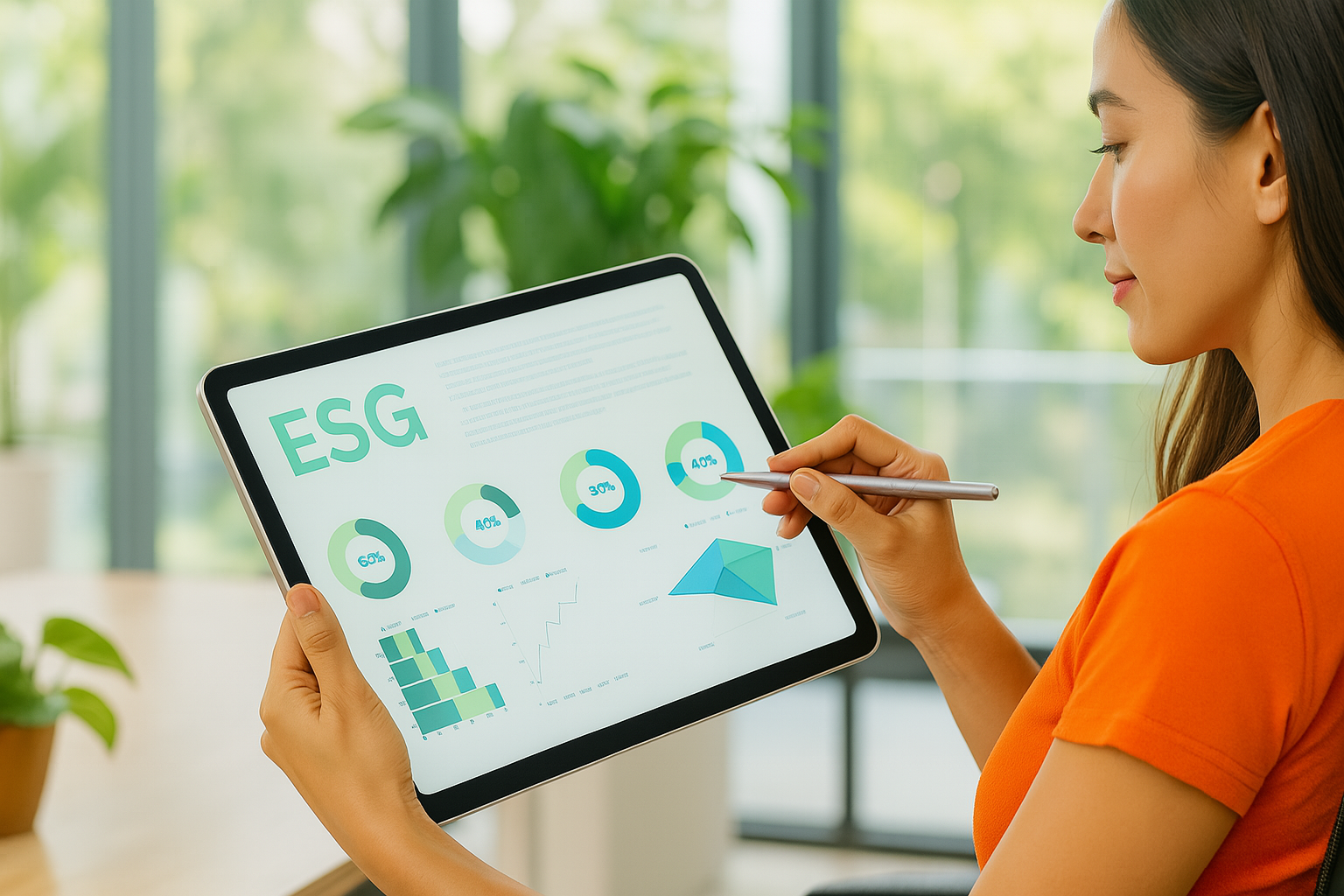What is a sustainability report?
A sustainability report is a document that compiles, analyzes and communicates the impact that a company generates on its environment from an ESG(Environmental, Social and Governance) perspective. It is not only about detailing environmental actions, but also about providing a comprehensive view of how the organization operates responsibly in all areas. This report is increasingly in demand by investors, customers, public institutions and other stakeholders.
The term sustainability report has become the most common way of referring to this report in the Spanish-speaking world, although the concept of ESG report or non-financial report is also often used. The important thing is that it fulfills its function: to reflect the company’s sustainable performance in a clear, transparent and useful way.

More and more companies are recognizing that sustainability is not only an ethical responsibility, but also a key strategic factor. In this context, a clear, complete and professional report has become indispensable. Knowing how to prepare an ESG sustainability report step by step is therefore crucial. This type of document not only conveys an organization’s environmental, social and governance commitment, but also often takes the form of what is known as a sustainability report.
Step 1: Establish clear objectives
The first step in preparing an effective sustainability report is to define why you are doing it and what you hope to achieve. Is it to comply with regulations? To strengthen brand reputation? To attract responsible investment? The purpose will determine the focus, the level of depth and the selection of the most relevant indicators.
Step 2: Select the appropriate standards
A sound sustainability report should be based on internationally recognized standards. The most commonly used are:
- GRI (Global Reporting Initiative): The most widespread framework, ideal for communicating impacts in a transparent manner.
- SASB: Focused on the financial relevance of ESG indicators.
- TCFD: Focused on risks and opportunities related to climate change.
Choosing the right standard ensures that the sustainability report is comparable, rigorous and useful to all audiences.
Step 3: Collect reliable data
Once the framework has been defined, it is time to collect the data that will be part of the report. Here it is essential to have quantifiable metrics. Without solid information, the sustainability report loses credibility.
This is where having a platform that allows you to calculate and visualize indicators becomes crucial. It not only optimizes the process, but also guarantees traceability and consistency.
In addition, building a structured database makes it possible to provide continuity in monitoring year after year, identify real progress and detect opportunities for improvement more easily.
Step 4: Involve all areas
Although the CSR or sustainability area often leads the preparation, a good sustainability report should draw on the knowledge of all areas: human resources, operations, legal, communication, among others. This cross-cutting approach ensures a complete view of the company’s impact.
With Prodity, you can centralize the management of sustainability processes and easily involve the different areas involved. This fosters collaboration, facilitates the flow of information and reinforces internal transparency.
Step 5: Be transparent with the results
One of the keys for a sustainability report to be valued by stakeholders is honesty. It is not necessary to show perfect results, but coherent and realistic ones. Companies that acknowledge their challenges and explain how they plan to address them tend to generate more trust than those that make up the reality.
Prodity will allow you to transform the data collected into dashboards, making it easier to understand the results. In addition, thanks to its intelligent natural language search, it is possible to explore the information with simple questions and obtain insights in real time. Making data accessible reinforces transparency and consolidates the credibility of your report.
Step 6: Communicate and disseminate
A sustainability report should not remain on file, but is a corporate communication tool. Sharing it internally with the areas involved reinforces the transversal commitment; doing so externally allows us to demonstrate transparency and positioning to customers, partners and investors.
Step 7: Evaluate and improve
The publication of the report does not mark the end of the process, but rather the beginning of a new stage: that of continuous improvement. Reviewing the comments from the different audiences, evaluating the preparation process and detecting opportunities for improvement is key to making each edition stronger and more effective.
Having a platform such as Prodity allows you to record historical data, compare results between periods and centralize all the information in one place. Thus, you can ensure the traceability of the commitments made and verify that the improvements do not remain only on paper, but are translated into concrete and sustained actions over time.
In conclusion:
In short, producing an effective ESG report is not just a formality, but an opportunity to differentiate and generate long-term value. A well-constructed sustainability report positions the company as a responsible leader, committed to its environment and to society as a whole.
Is your company ready to take the plunge?









